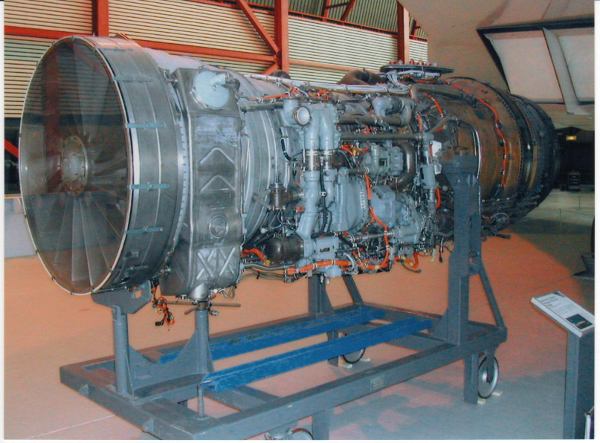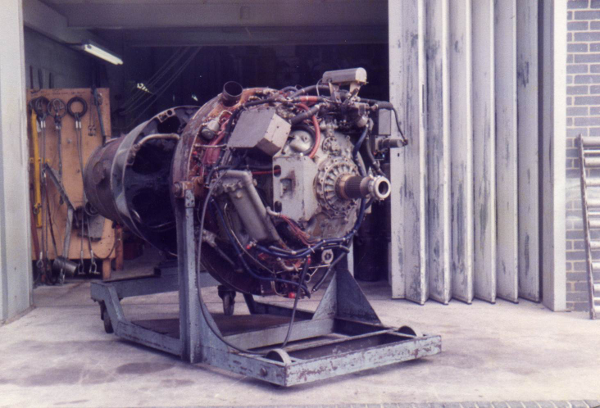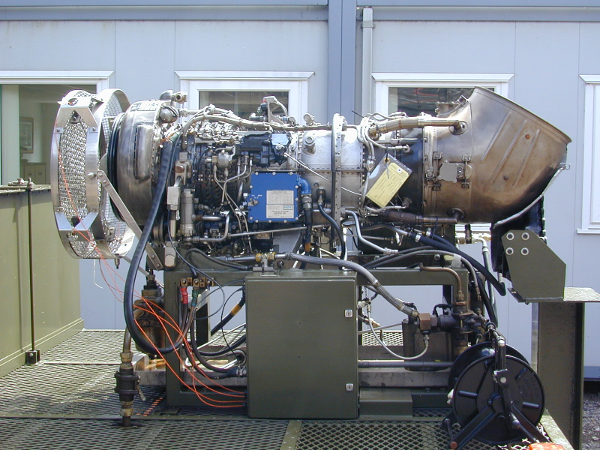
The Olympus, a twin-spool turbojet, first ran in 1950 and entered series production in 1953. It started its flying career in the Avro Vulcan, which eventually led to a civilian application as the power plant for the supersonic airliner, Concorde.

With navies appreciating the advantages of using aero derived gasturbines instead of steam turbines (high power, light weight, small size and minimal maintenance), the dependable Olympus became a very popular engine in ships ranging in size from Corvettes to Aircraft carriers.
Industrially, the engine is commonly used for Electrical Generation, both base load and power lopping.
Designed by the same team that designed the Olympus, the Proteus, a reverse flow turboprop/turbo shaft, first ran in 1947. It powered the Bristol Britannia, an aircraft with the nickname ’Whispering Giant’ which demonstrates just how quiet these engines were, in comparison with others of that era.

In 1958 it went to sea in a Vosper Fast Patrol Boat, the first of 16 different patrol boats, hydrofoils and hovercraft that it would eventually power.
Electrical generation has been another application, where the engines have been fitted to manned and unmanned power stations, as well as the Proteus Mobile Generating set.
The Gnome engine was developed from the General Electric T-58. It has powered many different types of helicopters and hovercraft since its first flight in a Westland Whirlwind in 1959.

The rugged design and the engine’s ability to operate in the worst maritime environments, from the tropics to the Arctic, has ensured that it is still fully operational on Sea King helicopters.
Many of the earlier engines are enjoying a second life in Research and Development, both for Industry and Educational purposes.
Some have even been used to power high performance boats, where the excellent power/weight ratio enables spectacular performance to be achieved.
The history of Rover gas turbines go back even further than the Gnome, having been designed in the 1940s.

Their light weight has ensured that they are in service, world wide.
Tasks include use as: